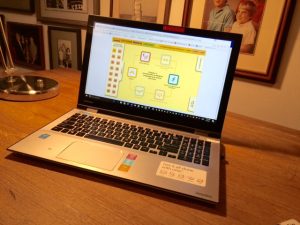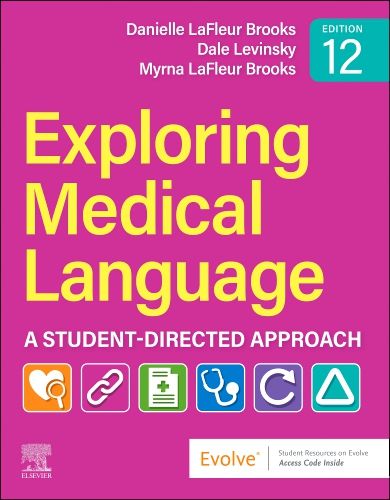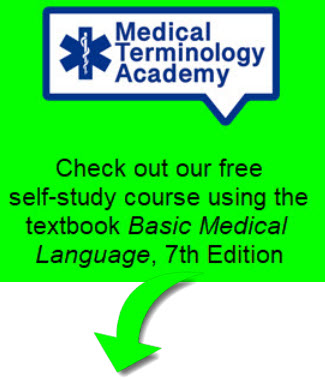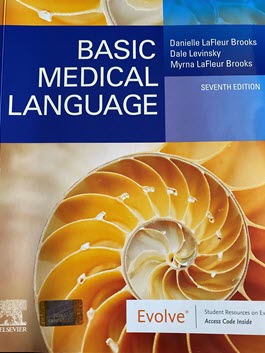Exploring Medical Language: Why this Textbook Stood the Test of Time
32 Years and Counting!
The Possibilities
Imagine that you find yourself with a contract to write a textbook for Mosby Inc. a reputable publishing company. There is some competition, but still, it is an emerging discipline. It is an opportunity to create a standard. You have a passion for the subject. You have ideas on how the content can be learned in an efficient, thorough, and engaging manner. Motivating and empowering students needs to be the emphasis. Finally, you have a writing partner, and you have a blank piece of paper. Where do you start?
The Outcome
This was me 35 years ago. The sheet of blank paper in 1983, with the help of Winifred Starr (1921-1993), has now turned into the 10th edition of Exploring Medical Language. Since Elsevier Inc. publishing company became affiliated with Mosby in 1994, over a million copies have been sold. Why has the textbook stood the test of time? I cannot know all the reasons, but I do think some enduring features have played a role in the success of this textbook. Since many of these features may be important to all successful writing, I would like to share them with you.Selecting A Winning Title
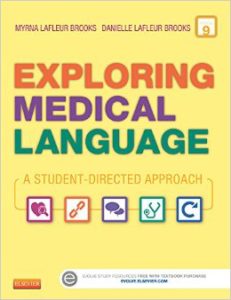 Most would agree the first impression of a book is from its title.
I think two things stand out in the title Exploring Medical Language – Student-Directed Approach. First the action verb “exploring” suggests we are going on an adventure together with you, the student, to acquire this new language. Second, “a student-directed approach,” tells the student this textbook is for you.
Most would agree the first impression of a book is from its title.
I think two things stand out in the title Exploring Medical Language – Student-Directed Approach. First the action verb “exploring” suggests we are going on an adventure together with you, the student, to acquire this new language. Second, “a student-directed approach,” tells the student this textbook is for you.
Choosing a Distinctive Cover
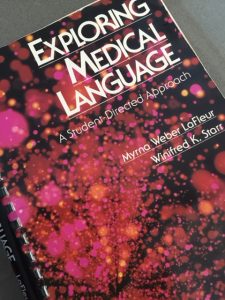
Keeping Up with Technology
Keeping up with technology was essential for the long-term success of a textbook.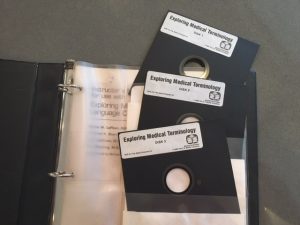
Leveraging Tried and True Learning Tools
Sticking with something tried and true is fine, even good.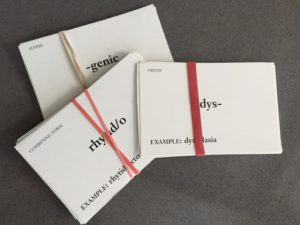
Developing A Unique Learning Style
Spending the effort to develop something unique to one’s writing or student learning pays off.A unique learning style developed by Winnie Starr and myself utilizes building, analyzing, and defining exercises which use word parts to learn terms composed of Greek and Latin origin. It provides an effective and efficient way to acquire medical language. As a result of their success, these exercises remain a very popular feature of Exploring Medical Language, which sets the text apart from others.
Staying Focused
Staying focused on the purpose of the book can be challenging. Choosing core content and staying focused on it is vital to the success of the work. Because of this, we examined how best to support the student to learn the complexities of medical terminology. Other medical terminology texts included a detailed presentation of anatomy and physiology. Yet we decided not to, thinking most students were already proficient in the discipline. Hense the focus remains on medical terms. However, we have added an online Anatomy Booster as an option for those needing more information.Offering Learning Variation
Realizing people learn differently is important. We catered to this. Many varied exercises and the answers were part of the 1st edition. Plus, answers in the textbook allowed the students to manage their own learning experience. These varied exercises remain popular today. Included in the 10th edition are application exercises including interactive medical records, translating everyday language into medical language and pronunciation of terms. Furthermore, there is now also an online learning platform to which added, even more, variation.